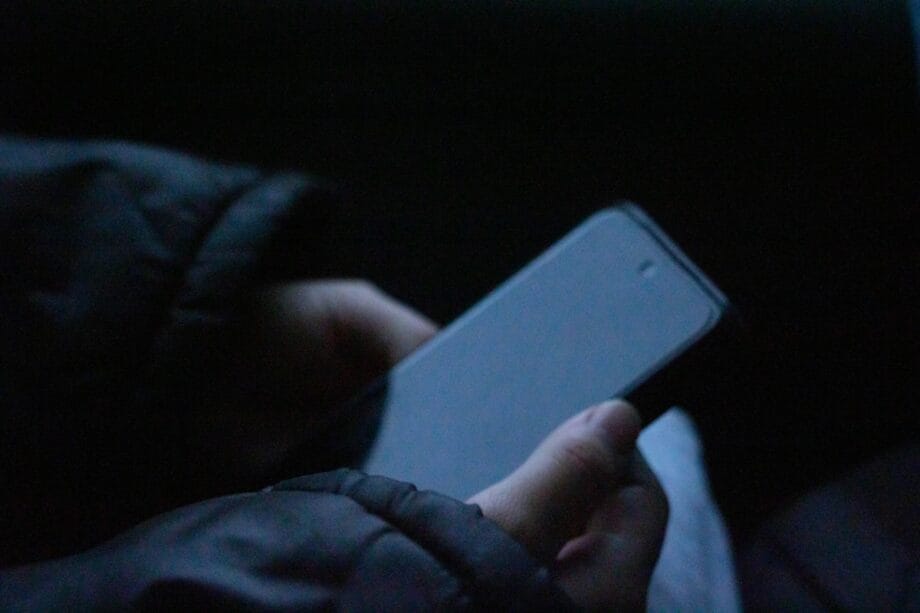Smartphone Sensors as a Window into Mental Health: Pioneering Research Unveils Tracking Potential
Smartphones may evolve beyond mere communication devices; they could play a pivotal role in identifying early indicators of mental health challenges. A team of researchers from the University of Pittsburgh is exploring the nuances of how smartphone sensors can detect daily behavioral patterns related to anxiety, depression, and various psychological disorders.
Surpassing Conventional Self-Reports
Historically, mental health assessments have hinged on self-reported questionnaires. However, individuals frequently overlook details, inaccurately report symptoms, or fail to recognize minute behavioral shifts.
By utilizing smartphone sensors to monitor activity, sleep, location, and screen engagement, researchers provide a continual, real-world perspective.
“Passive sensing facilitates the unobtrusive collection of data while individuals conduct their daily routines,” stated Colin E. Vize, assistant professor of psychology at Pitt.
“This approach could enrich clinicians’ understanding far beyond sporadic self-reports.”
Behavioral Patterns Across Diverse Disorders
Prior studies have established correlations between sensor data and specific mental health conditions such as depression and PTSD. The latest research broadens this inquiry by examining behaviors across an array of psychological afflictions.
This encompasses internalizing symptoms (like anxiety), detachment, disinhibition, cognitive disorders, somatic manifestations, and a unifying concept known as the “p-factor,” which captures a common thread among myriad mental health challenges.
“Imagine a Venn diagram,” Vize elaborated. “The p-factor signifies where all mental health symptoms converge—a universal risk marker.”
Methodological Framework
The study scrutinized data gathered from 557 participants involved in the Intensive Longitudinal Investigation of Alternative Diagnostic Dimensions study (ILIADD). Smartphones tracked the following:

- GPS: duration of home confinement and distances traversed
- Physical activity: instances of walking, running, and periods of inactivity
- Screen engagement and overall phone utilization
- Sleep cycles
- Incoming and outgoing calls
By juxtaposing this sensor data with traditional survey responses, researchers identified correlations with both specific symptom profiles and the overarching p-factor.
Future Implications
While this technological advancement is not intended to supplant clinicians, it has the potential to serve as a formidable adjunct to traditional care. Continuous behavioral monitoring may enable healthcare providers to discern alterations early on or customize interventions with greater precision.
“Much of the research in this domain aims to enhance clinical practice rather than replace it,” Vize remarked.
“Smartphone data can act as an invaluable resource in a clinician’s toolkit, aiding in more accurate assessments and tailored interventions.”
This study, published in JAMA Network Open, signifies a progressive stride in recognizing how everyday technology can illuminate intricate mental health dynamics.
Source link: Newsable.asianetnews.com.






